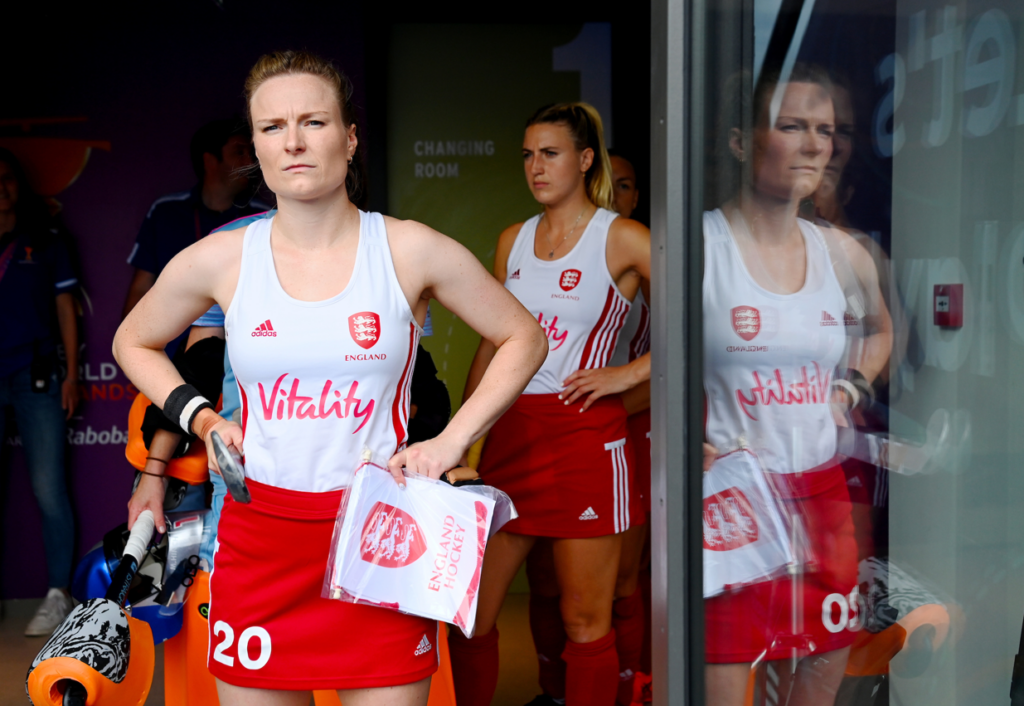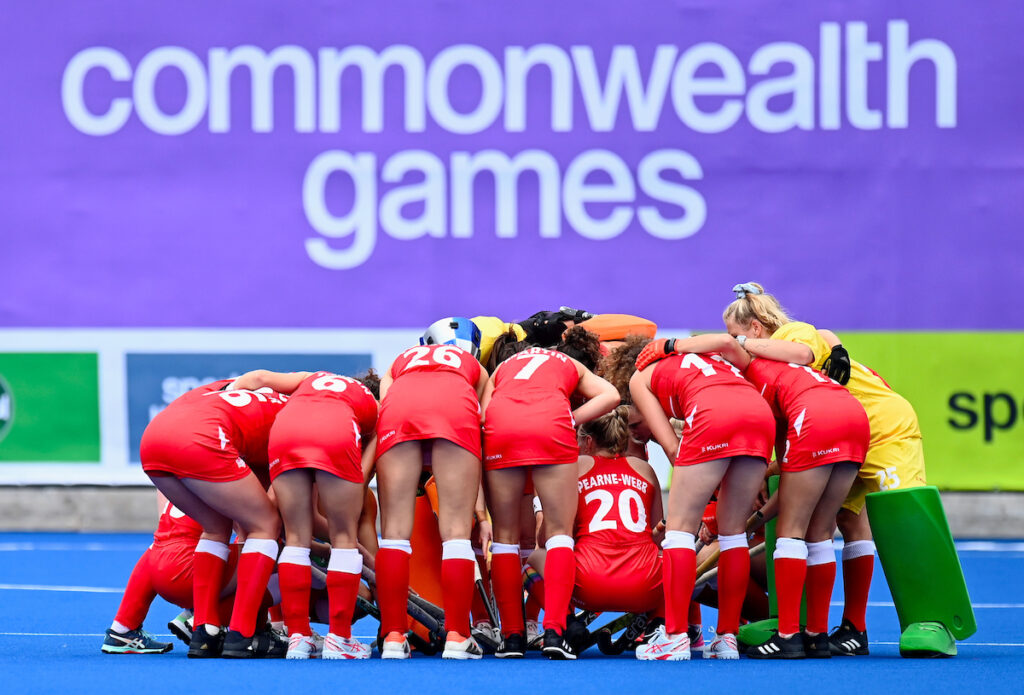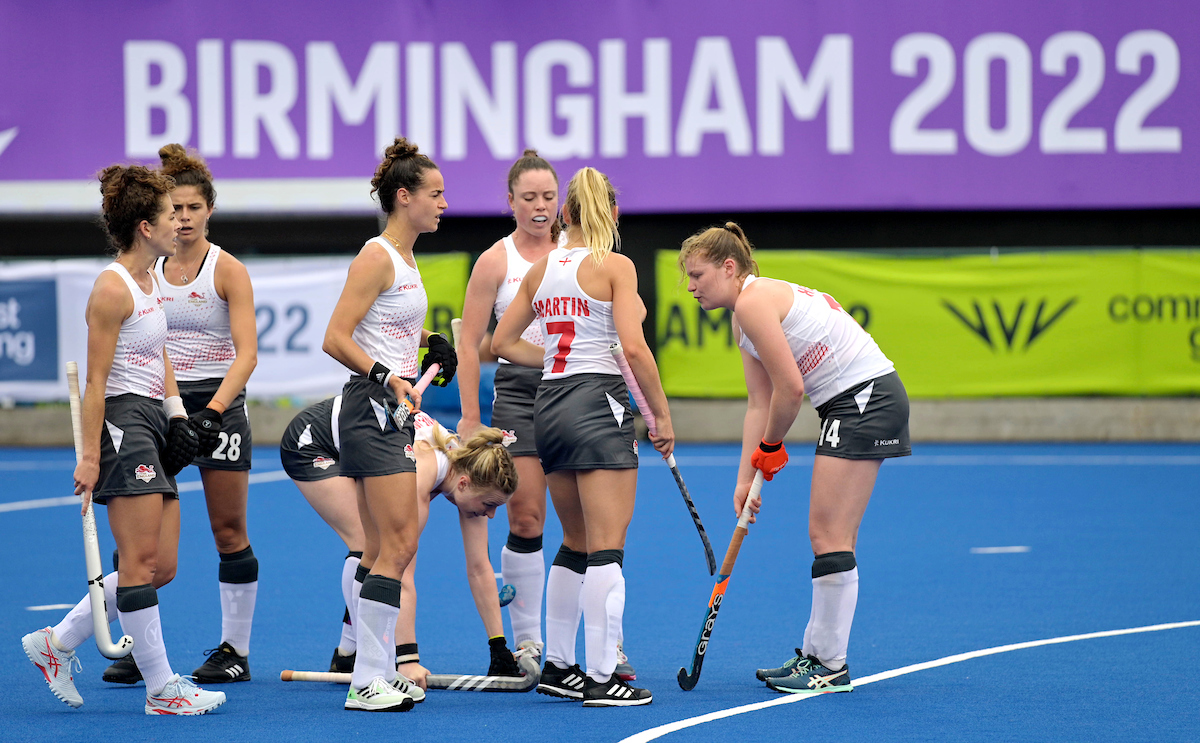‘All revolutions are impossible until they happen. Then they become inevitable’ — Albie Sachs
We train in shorts day in day out, so why did we always play matches in skorts? Things are changing and at the EuroHockey Championships, which start on Friday, our England team will be the first to run out in a combination of skorts and shorts.
Last September, England Hockey changed their domestic club policies to include this option. Then, in April, following a Great Britain squad discussion, our captain and CEO jointly wrote to the FIH to request a change to the international regulations. Previously the rules simply stated players must be ‘uniform’. On June 7, the FIH Board voted in favour of changing the rules to explicitly state skorts and shorts of same colour and design can be worn in the same team.
Tess Howard, a fellow GB and England teammate, has been integral to this change. Her research led to the new inclusive playing kits regulations being launched at the start of the domestic hockey season. A change she believed would one day reach the highest level of sport. With this about to become a reality we are extremely proud of Tess for advocating this change.
We are also proud to have pushed for this landmark decision. We are putting performance and comfort first. And we are evolving the game to be more inclusive.
But why are we doing this?
I sat down with Tess to understand deeper why she has advocated for this change and what it means for us to challenge the status quo. Her answer came in three parts: performance, patriarchy, participation.
- READ MORE: Does the skort still have a place in hockey?
- Anna Toman: We must have a voice when it comes to sports kit, feel and sizes
Ask Tess why someone would want to play in shorts and she might reply, ‘What do you train in everyday?’ You might say, ‘Yes, we wear shorts to train in, but it’s tradition to wear a skort in matches’.
We spend so much time and energy considering the fine margins of hockey, relishing the inches of the game. So why has it taken us so long to challenge the performance margins of what all women’s teams wear: skorts.
Is it that we have just not thought about it? Or is it something deeper, more something culturally engrained that ranks an item’s social symbol over its performance margin. If we all agree that shorts are genuinely more practical then we would all wear shorts, right? What is the tradition of the skort? Why have we held onto it?
This was the centre of Tess’ university research, now published in the Journal of Sport, Education & Society, entitled ‘Gendered School Sports Kit: Practical, Professional or Patriarchal?’

She explained: “Uniforms have meaning. If they are not designed for performance, then their meaning is cultural. The skort is fundamentally a gender-defining item. The skirted item symbolises ‘femininity’.
“In Victorian Britain, research shows women could only participate in sport within the behavioural boundaries of femininity to confirm the separate spheres of the sexes and the superiority of men (McCrone, 1988). This is where the legacy of sports dresses and skirts/skorts comes from, it maintains patriarchal symbols.
“When symbols become socially engrained, we are blinded to their damaging systemic impact. When we play in a skort, we unknowingly reinforce the damaging gender behavioural binaries of sport, we play into the femininization and sexualisation of female athletes.”
If the concern about wearing shorts is that we will look less ‘feminine’, then I think we need to have a bigger chat about what we value when we play and watch hockey. What is powerful is that we now have the choice to wear shorts or a skort. That is OUR choice.
So there are the performance and the cultural sides of the skort debate. But the final clincher for why our team pushed for this change is the growth of our game: for participation.
By age 14, only 10 percent of girls reach physical activity health standards. Tess’ research shows 70% of women have seen girls drop out of school sport because of sports kit and body image concerns. The number one desire for schoolgirls was for ‘choice’, with 60% wanting the option of shorts.

It makes us wonder how many young people have left hockey because they had to wear a skort? Our sport is disproportionally dominated by fee-paying schools, where research notes the skort originates and still dominates girls’ kit requirements. What message are we giving young girls when they watch hockey?
David Ralph, our head coach at GB and England women’s hockey, supports our move: “I’m glad the girls made a change that means my daughter will be able to make her own choices to wear what makes her feel most comfortable and confident.”
We are proud that now our image will be one that shows members of our team in skorts and shorts. Our message will be one that supports individual choice and comfort. And one that breaks down the gender barriers still existing in sport.





About time! Well done, Tess.